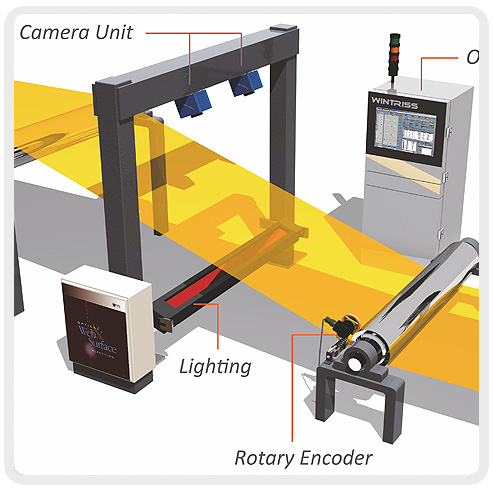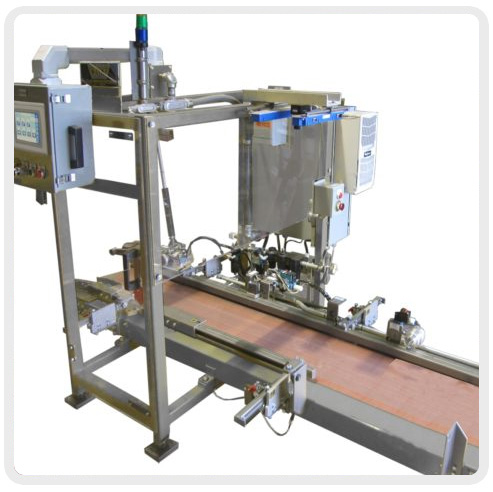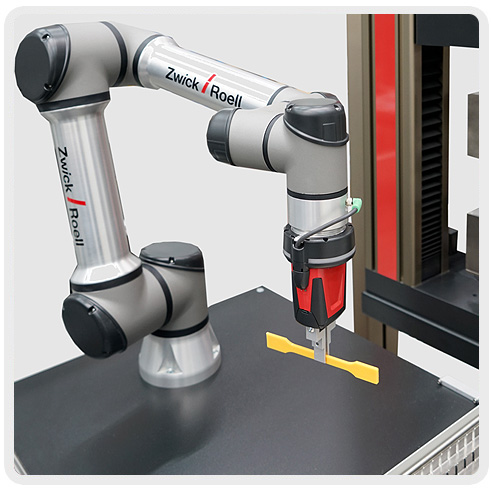Loading...
Equipment for the Inspection Lines
In wire drawing and similar manufacturing processes, inspection lines are essential for ensuring that the finished product meets quality standards.
Surface Inspection Systems
- These systems are designed to detect surface defects in wire, such as cracks, scratches, or imperfections. They typically use advanced imaging technologies, such as high-resolution cameras or laser sensors, to scan the wire surface as it passes through the inspection line.
- Automated Vision Systems: These systems automatically identify surface defects and can even classify the severity or type of defects.
- Laser-Based Systems: These systems use lasers to detect imperfections or inconsistencies in the wire's surface profile.
Diameter and Ovality Gauges
- These devices measure the wire's diameter and any variations in shape (such as ovality or eccentricity), which can affect performance, especially in precision applications.
- Laser Micrometers: These are commonly used for diameter measurement, providing high-precision, non-contact readings.
- Capacitance Sensors: These are often used for measuring wire diameter during production for real-time quality control.
Tensile Testing Machines
- Tensile testing equipment is used to assess the strength and ductility of the wire. It measures the amount of force required to stretch the wire until it breaks, and it can also evaluate elongation or other mechanical properties.
- Universal Testing Machines (UTMs): These machines are typically used for testing wires under tensile, compression, and bending forces.
- Load Cells: These sensors are used in tensile testing machines to precisely measure the force applied during the test.
Straightening and Spooling Units
- Wire sometimes comes off the drawing process with slight bends or coils, which can affect its usability. Straightening machines help eliminate these bends by passing the wire through a series of rollers to correct its shape before it proceeds to spooling.
- Spoolers: These devices help collect the wire in an orderly manner, ensuring that it remains untangled and can be easily handled or packaged for delivery.
Surface Cleaners (for Wire)
- Cleaning systems, such as ultrasonic or abrasive cleaning units, are used to remove any contaminants (like oil, dirt, or other residues) from the surface of the wire before inspection or packaging.
Coating Thickness Measurement
- Some wires, especially in electronics and automotive industries, are coated with materials like tin, silver, or copper. Coating thickness measurement devices are used to ensure uniformity and quality of the coating.
Quality Control Software
- Many modern inspection lines are integrated with software systems that allow for real-time monitoring and control of production. These software packages can manage data from various sensors, analyze trends, and issue alarms if a defect or deviation from standards is detected.


